Sukhothai, located in the heart of Thailand, is often regarded as the birthplace of Thai culture and civilization. This historic city was once the capital of the Sukhothai Kingdom, known as the first independent Thai state. Today, Sukhothai attracts visitors from all over the world thanks to its well-preserved heritage and fascinating history. In this blog post, we’ll explore the six main attractions in Sukhothai, including iconic temples and cultural highlights.
1. Sukhothai Historical Park: The Heart of History
The Sukhothai Historical Park is undoubtedly the most impressive attraction in Sukhothai. This vast park is listed as a UNESCO World Heritage Site and offers a glimpse into the glorious history of the ancient kingdom. The park covers over 70 km² and houses the remains of palaces, temples, city walls, moats, and ponds.
It is recommended to explore the park by bicycle, as this is the most efficient way to visit the many ruins. Visitors can marvel at more than 200 archaeological sites spread across five zones. The central zone is the most popular and hosts some of the park’s most significant temples.
Tip: Plan your visit in the early morning or late afternoon to enjoy the beautiful lighting and cooler temperatures.
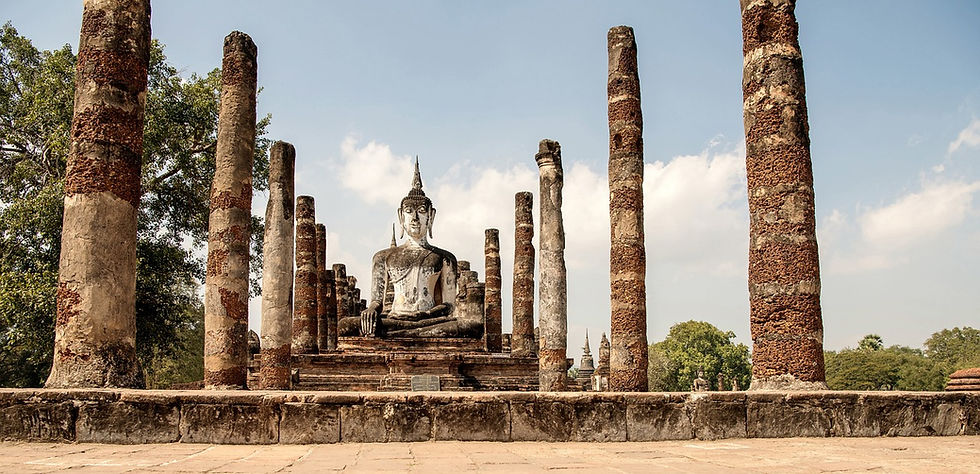
2. Wat Mahathat: The Grand Heart of Sukhothai
Wat Mahathat is the most iconic temple in the Sukhothai Historical Park. This temple, which was once the spiritual and administrative center of Sukhothai, is known for its impressive architecture and serene atmosphere.
The word "Mahathat" means "temple of the great relic," and it is believed that this temple once housed an important Buddhist relic. The highlight of Wat Mahathat is the massive central stupa, surrounded by standing Buddha statues and smaller chedis. The temple is often depicted in guidebooks and travel photos, and it is a must-see for any visitor.
Highlights:
The central Buddha statue
Beautiful lotus-shaped chedis
The serene atmosphere during sunrise
3. Wat Si Chum: The Mystical Smiling Buddha
Another must-see in the Sukhothai Historical Park is Wat Si Chum, famous for its massive seated Buddha statue, Phra Achana. This 15-meter-high statue is housed in an imposing building with thick walls and a narrow entrance, making visitors feel awe-struck as they enter the temple.
Wat Si Chum is also historically significant because of the inscriptions found here, shedding light on the language, religion, and culture of ancient Sukhothai. The atmosphere at this temple is calm and spiritual, making it a perfect place for reflection and meditation.
Photo Tip: Be sure to take a photo of the Buddha’s hand, which is golden and symbolizes serenity and strength.
4. Wat Sa Si: A Temple Surrounded by Water
Wat Sa Si is one of the most picturesque temples in the park. Located on an island in a lotus pond, this temple exudes tranquility and harmony. The narrow bridge leading to the temple adds an extra touch of charm.
The main features of Wat Sa Si are the central stupa and the standing Buddha statue. This temple is often chosen by visitors looking for a peaceful spot to relax and enjoy the natural beauty of the surroundings. During the Loy Krathong festival in November, this temple is one of the main locations for festivities.
Recommended visit time: Visit Wat Sa Si during sunset to enjoy the reflections in the water and the warm glow of the light.
5. Ramkhamhaeng National Museum: Dive Deeper into History
For those who want to learn more about the history and culture of Sukhothai, a visit to the Ramkhamhaeng National Museum is a must. Located near the Sukhothai Historical Park, the museum offers an extensive collection of artifacts, including sculptures, pottery, and inscriptions.
One of the key exhibits in the museum is the reproduction of King Ramkhamhaeng's inscriptions, often considered the foundation of the Thai script. The museum also provides background information on the architecture and art seen in the park, making your visit even more valuable.
Practical information: The museum is open from 9:00 AM to 4:00 PM. Combine your visit with a tour of the historical park.
6. Wat Saphan Hin: A Temple on the Hill
For a panoramic view of the surrounding area, a visit to Wat Saphan Hin is highly recommended. This temple is located on a hill just outside the western zone of the Sukhothai Historical Park. The name "Saphan Hin" means "stone bridge," referring to the stone path leading to the temple.
The highlight of Wat Saphan Hin is the impressive 12-meter-high standing Buddha statue, which looks out over the landscape from the top of the hill. The path to the temple is a short but steep climb, rewarded with breathtaking views.
Tip: Visit this temple early in the morning to enjoy the cool weather and soft morning light.
Plan Your Visit to Sukhothai
Sukhothai is a destination that perfectly combines history, culture, and nature. Whether you're a history enthusiast, a photographer looking for the perfect shot, or a traveler simply seeking to enjoy the serene beauty of Thailand, Sukhothai has something for everyone.
How to get there: Sukhothai is accessible by bus, car, or plane. The nearest airport is Sukhothai Airport, which offers daily flights from Bangkok.
Best time to visit: The best time to visit Sukhothai is between November and February when the weather is cool and dry.
Conclusion
Sukhothai is a gem in Thailand that you should not miss. From the impressive Sukhothai Historical Park, a UNESCO World Heritage Site, to iconic temples like Wat Mahathat, Wat Si Chum, and Wat Sa Si, each attraction tells a unique story. Add to that the rich cultural heritage in the Ramkhamhaeng National Museum and the panoramic views at Wat Saphan Hin, and you have an unforgettable experience.

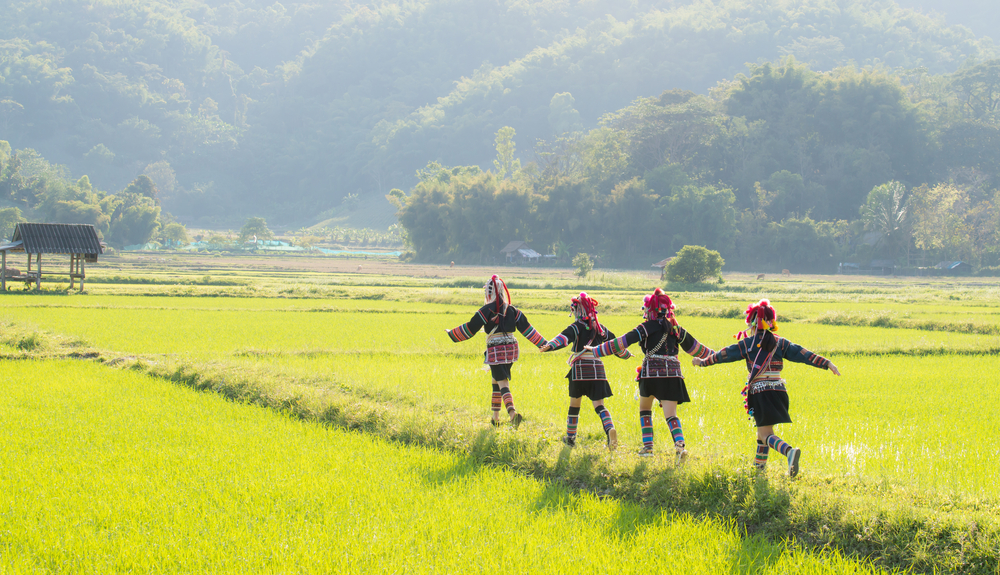
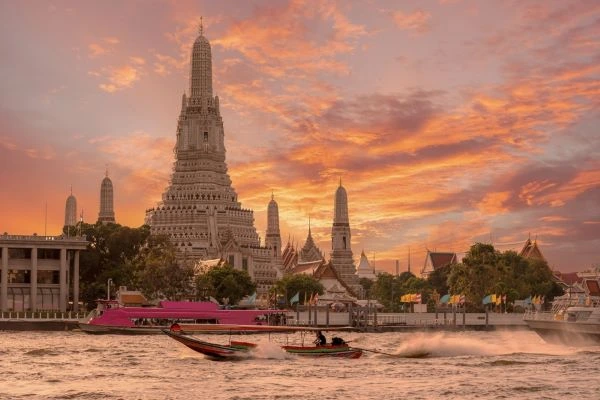




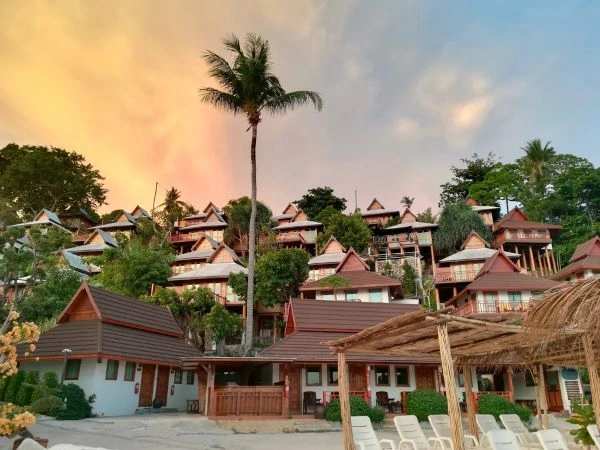




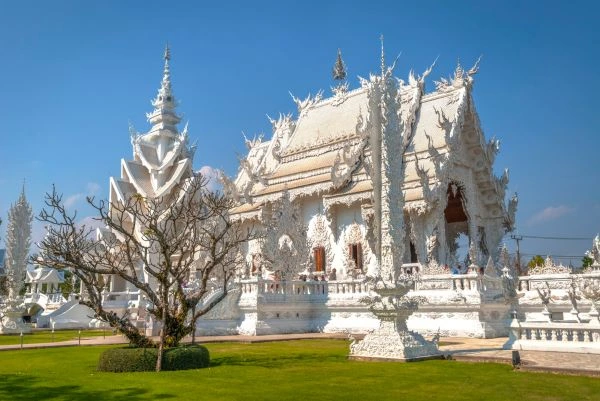
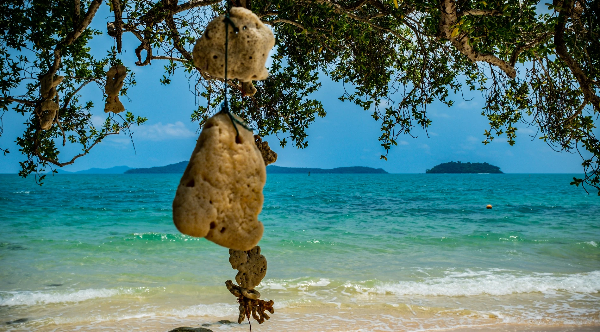







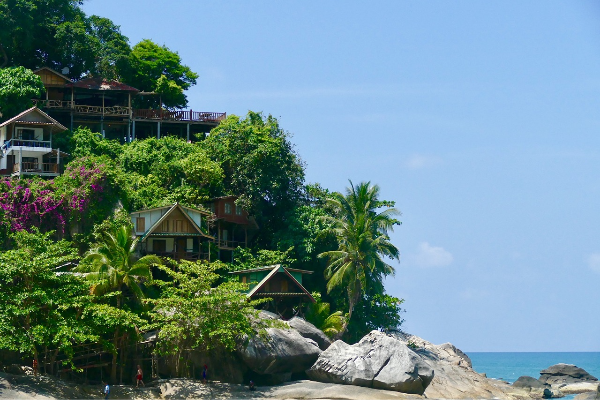














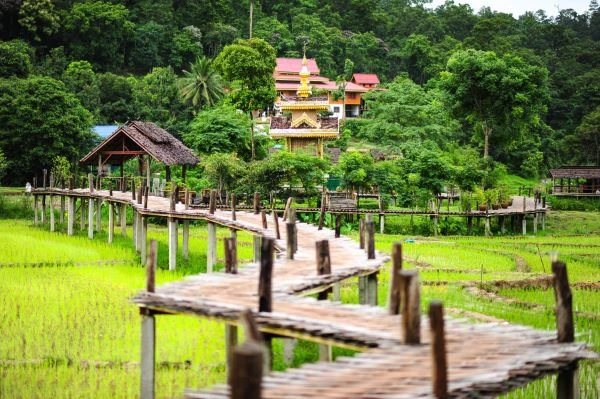



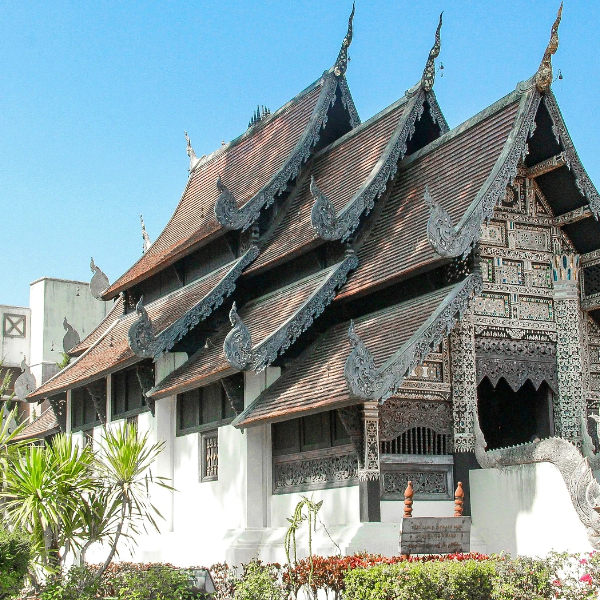
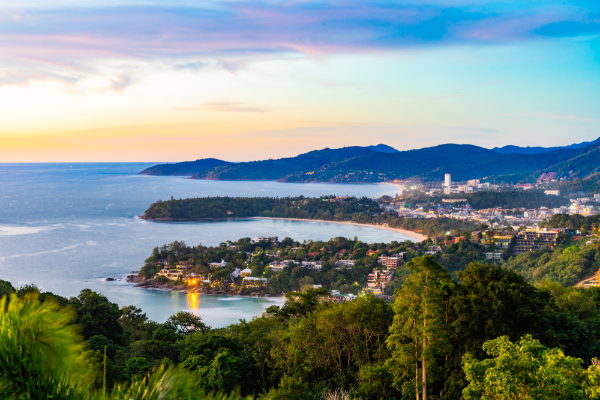




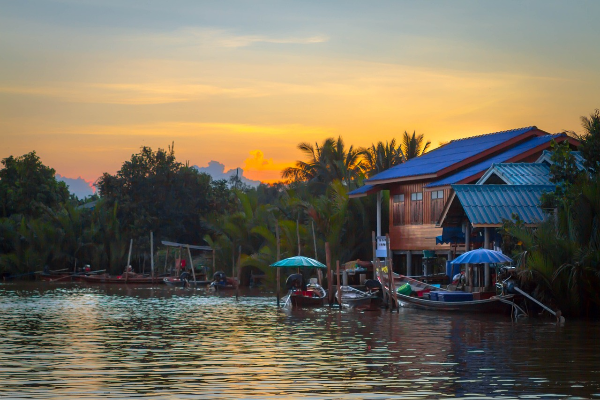


Komentar